Cowslips / Spring / Summer / Edible
Common Names
Cowslips, Herb Peter.
Botanical Name
Primula Veris
Scientific Classification
Kingdom – Plantae
Order – Ericales
Family – Primulaceae
Physical Characteristics for Cowslips
A common herbaceous, perennial flowering plant.
Leaves
Dark green, long and crinkly. 5-10cm long. They grow in dense rosettes.
Flowers
Trumpet-shaped, bright yellow with five petals, many flowers on each stem. They each have a large green calyx covering the back of the flower
Habitat
Grassy areas, parks, meadows, especially areas used for grazing cows.
Known Hazards
None Known
Could be Confused with
Primrose looks very similar but only produces one larger, paler flower per stem. It is also edible with a similar flavour.
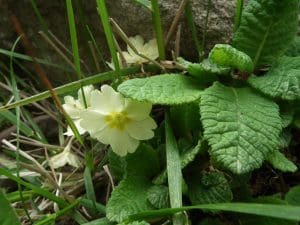
Conservation concerns
Cowslips numbers declined massively in the 20th century due to changing farming practices and habitat loss. They are now making a slow comeback, particularly taking advantge of the meadow-like habitat on motorway verges! They remain a protected species in Northern Ireland, and we should take care not to pick too many elsewhere so as not to jeopardise their return. Only take them where they are abundant, and keep to the 1 in 20 rule
Edible Uses
The leaves are slightly bitter but can be used in salads or cooked like spinach. The flowers have a lovely citrusy flavour and look great in salads or used as a garnish. They have also been traditionally used to flavour ‘country’ wines and for cowslip pudding, an old English dish.
Notes on Herbal Uses
A tea made from the flowers has traditionally been used to treat a wide range of ailments including bronchitis, insomnia, heart failure and asthma.
Click here to learn the best way to make herbal infusions.
Extra notes from the Foragers
The name cowslip is an old English word for a cow pat, where this plant can quite often be found growing.
3 replies on “Cowslips (Primula Veris) Identification”
Leave a Reply
You must be logged in to post a comment.



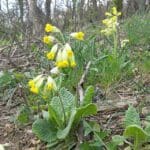
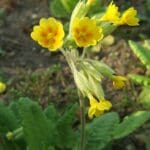
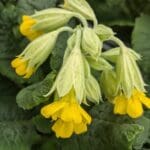
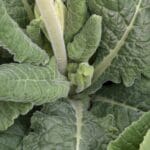
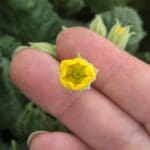
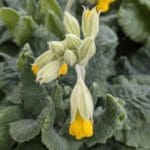
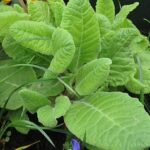


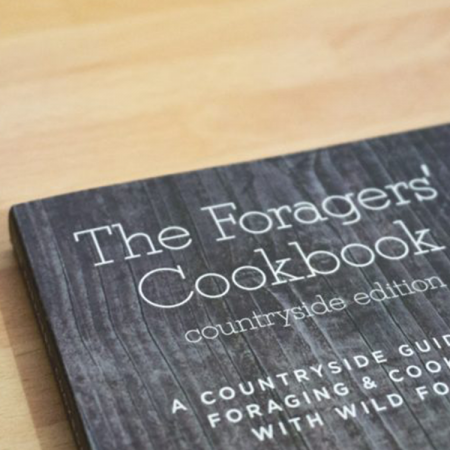
Hi is there a book I can buy that shows me all the commons wild flowers , plants that are edible around me ( country side )
Here’s a nice book that explains wildflowers of the UK – https://www.google.com/aclk?sa=l&ai=DChcSEwiUjJWbt9H_AhWNhFEKHf7HAK0YABAMGgJ3cw&sig=AOD64_2DXJKaTWDjrK5xwSFNMBWlaeXhEg&ctype=5&q=&ved=2ahUKEwiE6I2bt9H_AhWVgP0HHQcPCf8Qww8oAnoECAMQJw&adurl=